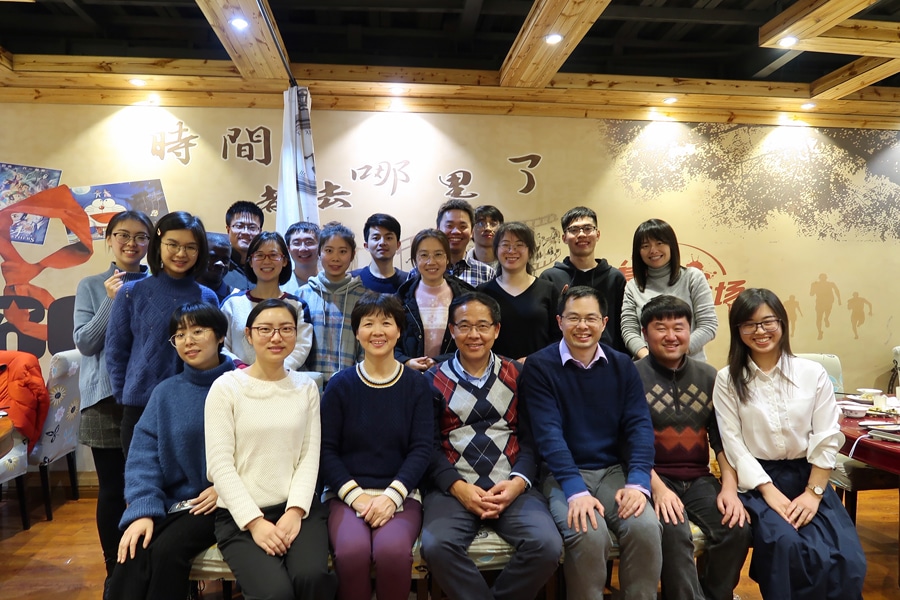
A top virologist in China, at center of a pandemic storm, speaks out
The idea that the virus may have escaped from a lab had long been widely dismissed by scientists as implausible and shunned by others, but fresh scrutiny from the Biden administration and calls for greater candour from prominent scientists have brought the theory back to the fore
 In an image provided Courtesy of Wang Linfa, Dr. Shi Zhengli, third from left in the front row, with her fellow virologist Wang Linfa, fourth from left, and colleagues from the Wuhan Institute of Virology at a Wuhan restaurant on Jan. 15, 2020. Zhengli said in a rare interview that speculation about her lab in Wuhan was baseless — but China’s habitual secrecy makes her claims hard to validate. (Courtesy of Wang Linfa via The New York Times)
In an image provided Courtesy of Wang Linfa, Dr. Shi Zhengli, third from left in the front row, with her fellow virologist Wang Linfa, fourth from left, and colleagues from the Wuhan Institute of Virology at a Wuhan restaurant on Jan. 15, 2020. Zhengli said in a rare interview that speculation about her lab in Wuhan was baseless — but China’s habitual secrecy makes her claims hard to validate. (Courtesy of Wang Linfa via The New York Times)
To a growing chorus of U.S. politicians and scientists, she is the key to whether the world will ever learn if the virus behind the devastating COVID-19 pandemic escaped from a Chinese lab. To the Chinese government and public, she is a hero of the country’s success in curbing the epidemic and a victim of malicious conspiracy theories.
Shi Zhengli, a top Chinese virologist, is once again at the center of clashing narratives about her research on coronaviruses at a state lab in Wuhan, the city where the pandemic first emerged.
The idea that the virus may have escaped from a lab had long been widely dismissed by scientists as implausible and shunned by others for its connection with former President Donald Trump. But fresh scrutiny from the Biden administration and calls for greater candor from prominent scientists have brought the theory back to the fore.
Scientists generally agree that there is still no direct evidence to support the lab leak theory. But more of them now say that the hypothesis was dismissed too hastily, without a thorough investigation, and they point to a range of unsettling questions.
Some scientists say Shi conducted risky experiments with bat coronaviruses in labs that were not safe enough. Others want clarity on reports, citing U.S. intelligence, suggesting that there were early infections of COVID-19 among several employees of the Wuhan Institute of Virology.
©2019 New York Times News Service




